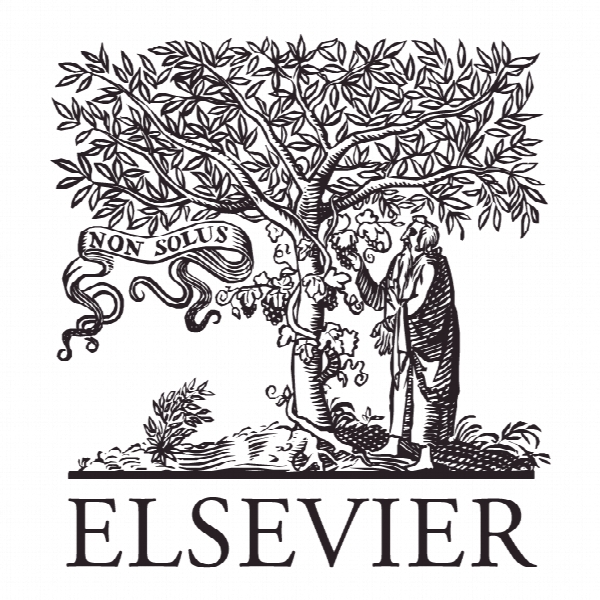عامل تحریک عموم چیست؟ قدرت هنجارهای اجتماعی در تحریک مشارکت عمومی با سازمان ها What motivates the public? The power of social norms in driving public participation with organizations
- نوع فایل : کتاب
- زبان : انگلیسی
- ناشر : Elsevier
- چاپ و سال / کشور: 2017
توضیحات
رشته های مرتبط علوم ارتباطات اجتماعی
گرایش های مرتبط روابط عمومی
مجله بررسی روابط عمومی – Public Relations Review
دانشگاه ایالتی پنسیلوانیا، ایالات متحده
نشریه نشریه الزویر
گرایش های مرتبط روابط عمومی
مجله بررسی روابط عمومی – Public Relations Review
دانشگاه ایالتی پنسیلوانیا، ایالات متحده
نشریه نشریه الزویر
Description
1. Theoretical framework The decline of public engagement and participation has been documented by many scholars in diverse disciplines of social science (Postman, 1985; Putnam, 1995). For companies and organizations, particularly those whose existence primarily relies on public participation like Facebook and Wikipedia, contributions from publics are indispensable in creating organizational loyalty (Holland & Stacey, 2001) and commitment(Lines, 2004;Mathieu & Zajac, 1990;Mayer & Schoorman, 1998). Therefore, developing effective strategies to engage the public and to initiate participation has become a focal point for both public relations practitioners and scholars. For example, in reviewing public participation on Wikipedia, Rafaeli and Ariel (2008) proposed that individual contributions could be driven by motivations like receiving rewards (Snyder & Cantor, 1998), self-fulfillment (Ciffolilli, 2003), sense of community (Rafaeli, Ariel et al., 2005), or simply altruism (Kollock, 1999). In an effort to analyze individual motivations in a systematic way, public relations scholars have argued the value of an interpersonal approach as it humanizes the relationship between an organization and the public with a personal touch (Men & Hung, 2012; Men & Tsai, 2015). According to Fiske’s (1992) relational theory, there are four basic types of social relationships: communal sharing, authority ranking, equality matching, and market pricing. These four relationships were later re-classified as the market norm and the social norm to specifically examine individual participation (Ariely, 2009). Individuals in the market norm generally offer contributions or involvement due to market pricing – to get paid. Therefore, participation under market norm hinges upon cost-benefit analysis of individuals. The amount of financial compensation determines the level of an individual’s contribution in the market norm. The more people get paid, the more contributions they choose to make (Clark & Mills, 1993; Fehr & Falk, 2002; Rabin, 1993).


